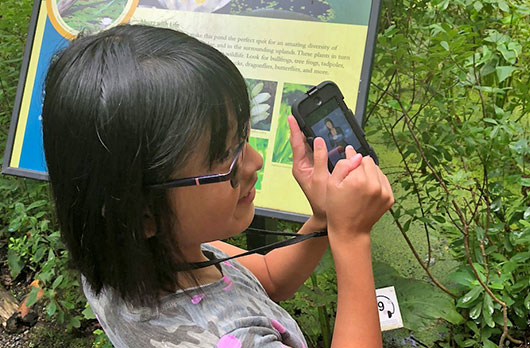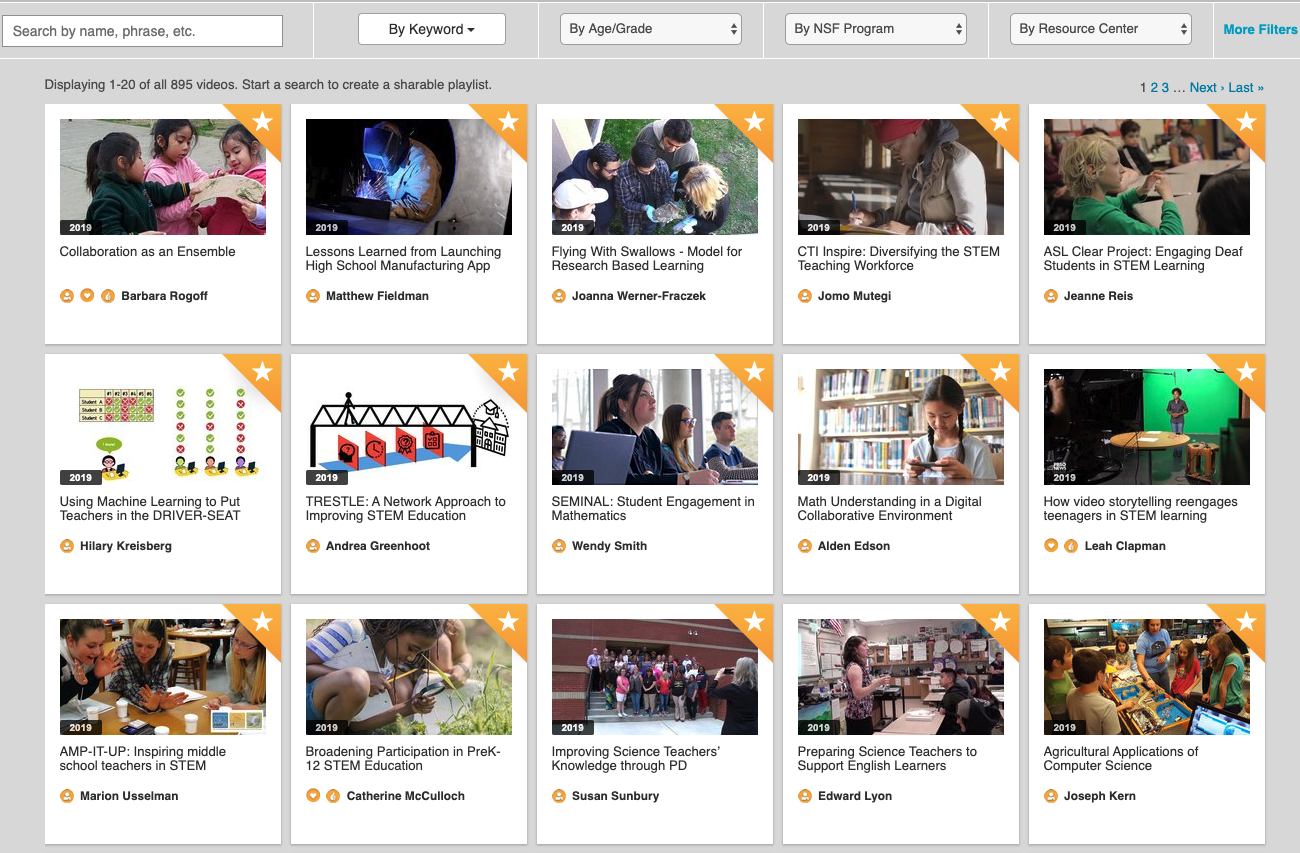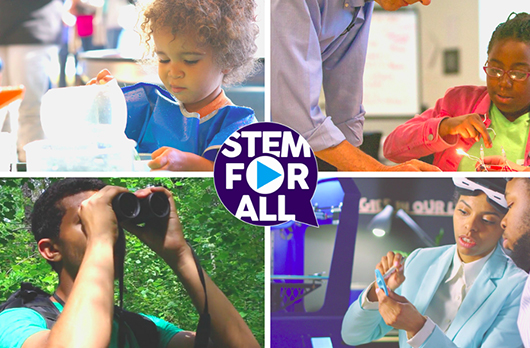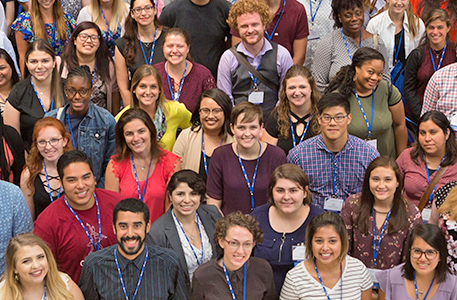Our Legacy of Impactful Projects
At TERC, we take pride in our ongoing commitment to shaping the STEM education landscape through innovative projects and groundbreaking research. Delve into our archives to discover the stories, methodologies, and outcomes of these impactful projects. Even though they may no longer be actively running, the knowledge and insights gained from these initiatives continue to shape the future of STEM education.

This study examines landscape data and trends on participation of Native women and two-spirit individuals in computing through a scoping review of the existing literature.

Provided parents with accessible ways to support their children’s math learning.

A fully online master’s program that was designed to help teachers extend their science knowledge and integrate inquiry-based science in their teaching, as well as to become familiar with web-based information technologies.

Researched and developed six separate glossaries to provide visitors who are deaf or hard of hearing access to exhibit content.

SportsLab: 2020 opened the door to 21st Century careers through a sports research and shoe design challenge.

The STEM for All Collaboratory advanced educational research and development through the creation and facilitation of two related, interactive platforms – the STEM for All Video Showcase and the STEM for All Multiplex.

Connected Communities and Disseminated Cutting Edge Work Through Video and Discourse

Storybook STEM catalyzed new research studies and partnerships to advance efforts in ISE contexts, including the role of books in learning experiences, how books are selected or designed, and how the reading is facilitated by teachers and families.

The STEM Teacher Leadership Network (STEMTLnet) was an interactive learning community and collegial network where STEM teacher leaders and aspiring teacher leaders shared their paths, challenges, strategies, lessons learned, and resources with each other.

This project developed frameworks for understanding how students learn to represent, model, and organize data as part of their understanding of statistics and data analysis.
